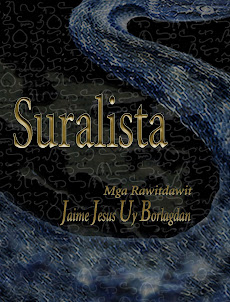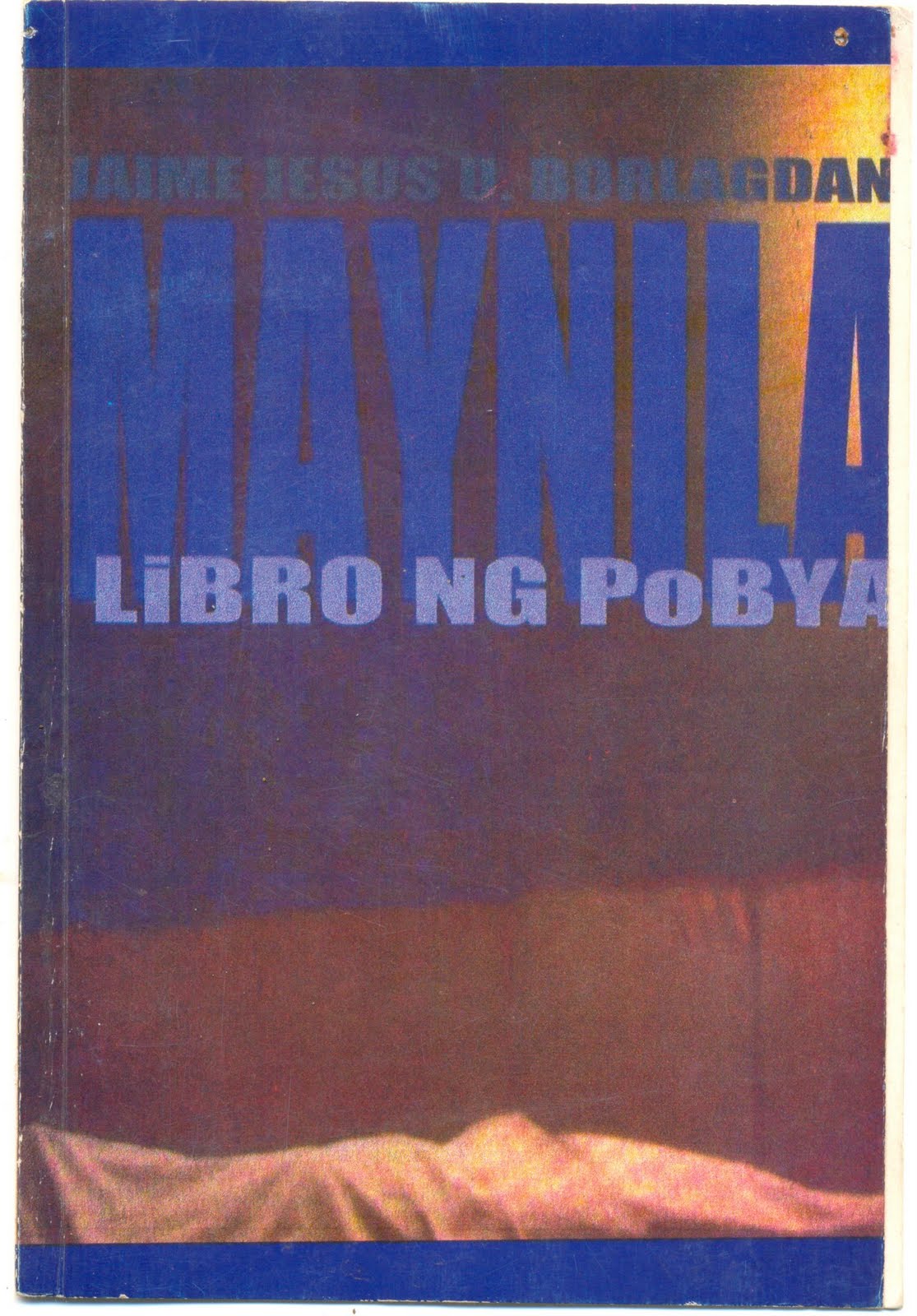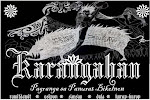I
An pagmukna ki pangalas nagpupuon sa pag-isip ki sarong dai pwede.
Dangan iaatang mo an sadiri sa paghingowa na bako sanang magibo an garo dai kaya, kundi an mapahiling man na garo daing panahon na dai mo ini kinaya.
II
Maiisip mo an laba
Na inubos ngani mahaman an palabas.
Pira buda gurano, sa rarom
kahaloy gigibuhon an palabas
Naiisip niya pirmi an li’pot
III
Sa aldaw na saiyang ipapahiling an obra, dai na siya digding nakukuang ogma.
Tulong maleta sa duwang paâ garo na
Pigkakamada, pigsusurugpon, pighahaman na garong mga harong.
Pigpapasirko, pigpapaturon, sagin diit pang dai kayahon.
Sa hudyan, an hanap-hanap baga
Salin:
I
Ang paggawa ng pakitang-gilas nagsisimula sa pag-iisip ng isang hindi pwede.
Pagkatapos iaalay mo ang iyong sarili sa pagsisikap na hindi lamang magawa ang tila hindi kaya, kundi ang maipakita na parang walang panahon na hindi mo ito kinaya.
II
Maiisip mo ang haba ng oras.
Na inubos upang mabuo ang palabas.
Ilan at gaano, sa lalim ng gabi habang ang karamihan sati’y umuurong sa paulit-ulit na gawa ng mga karaniwang tao, paulit-ulit niya ring ginagawa ang hindi karaniwan, tago sa mga tao. Ilan at gaano
katagal itatanghal ang palabas.
Naiisip niya lagi ang ikli ng oras.
III
Sa araw na kanyang ipapakita ang obra, wala na siya ritong nakukuhang saya.
Tatlong maleta sa dalawang paa para na lang larong bata.
Binubuklod, dinudugtong, binubuo na parang bubong.
Pinapasirko, pinatatalon, kunwari muntik nang di kayanin.
Sa huli, ang hanap-hanap ng pakitang-gilas ay ang sigabo ng nagsasalpukang mga palad na kahit sino kayang gawin.









0 comments:
Post a Comment